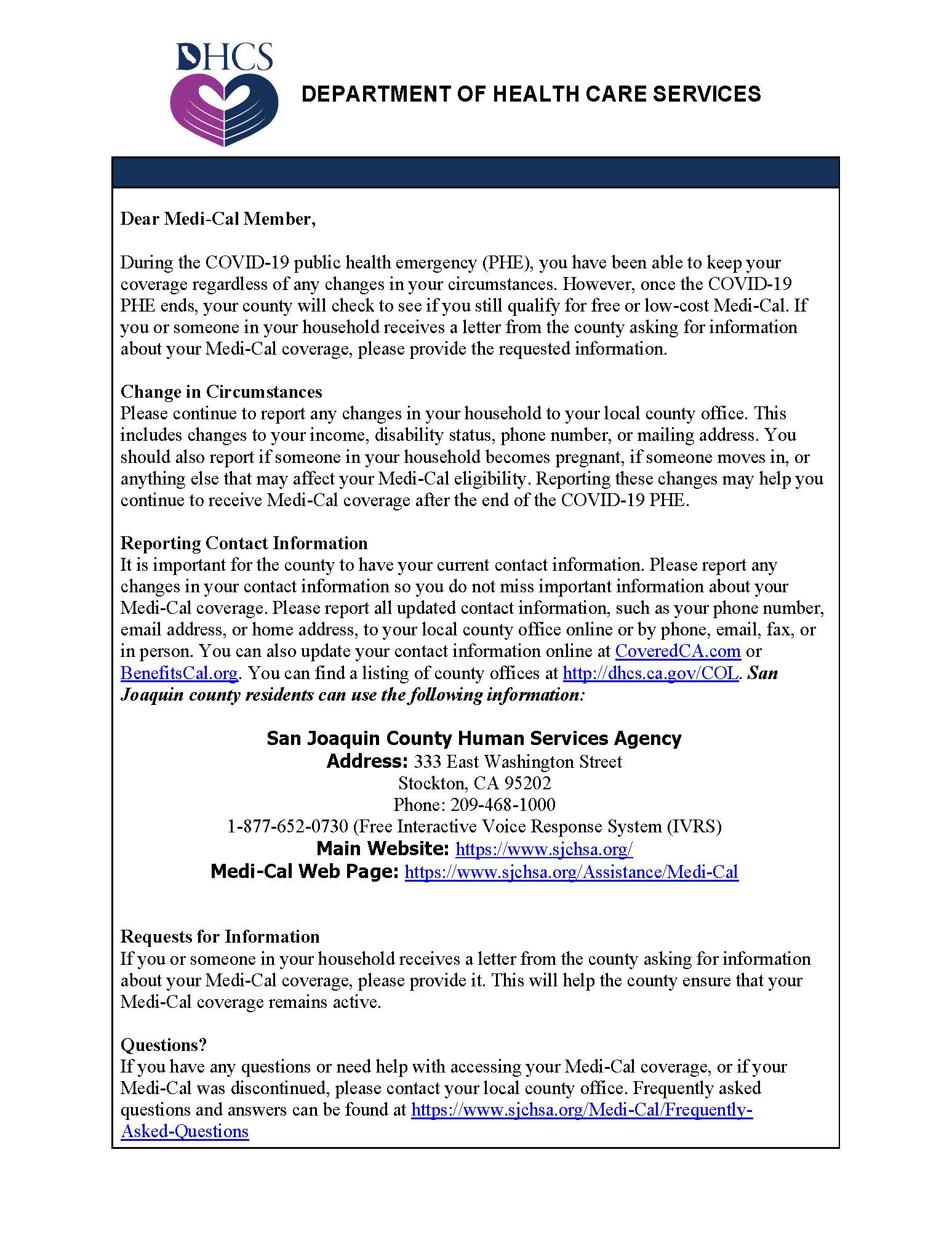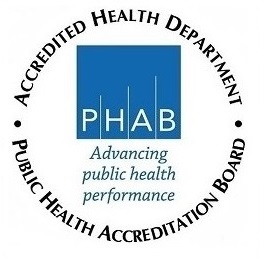Flood
General Precautions
Floodwater can contain harmful contaminants, including bacteria and parasites. Try to avoid coming into direct contact with floodwater. When a flood occurs:
- Keep all children and pets out of the floodwater.
- Check in on elderly or chronically ill neighbors to make sure that they are safe.
If you must come into contact with the floodwater you should follow these precautions:
- Wear waterproof boots, gloves, eye protection and clothes that are either water resistant or disposable.
- Make sure all gas and electric utilities to the affected area are turned off by appropriate persons before you enter.
- Keep contact time with flood waters to a minimum and avoid splashing. It is especially important to keep the water out of your mouth, eyes and nose.
- Bathe or shower thoroughly with soap and water and wash all contaminated clothing in hot water and a detergent after you come in contact with floodwater.
- Make sure tetanus immunizations are up to date for any person who is exposed to flood waters. For most adults, if you received a tetanus booster within the past 10 years you are protected. For children, your pediatrician will be able to tell you if the tetanus vaccination is up to date.
- Vaccination for hepatitis A or hepatitis B after contact with floodwater is not usually recommended. However, if you are on chemotherapy for cancer, or if you have HIV or some other disease that weakens the immune system you should consult with your primary health care provider.
- If you become ill with fever, nausea, vomiting or diarrhea after exposure to possibly contaminated flood waters, you should contact your health care provider.
Homes and buildings
- Flooded buildings should be pumped out, disinfected and dried as quickly as possible.
- After the water is pumped out, remove materials and furnishings that are wet and may become contaminated with mold growth and place them in sealed impermeable bags or closed containers. Large items with heavy mold growth should be covered with polyethylene sheeting and sealed with duct tape before being removed from the area.
- Remove and discard porous organic materials that have become wet or are visibly contaminated with mold.
- Carpeting, mattresses and upholstered furniture should be disposed of or cleaned and disinfected by a professional cleaner.
- Use extreme caution when handling containers holding unknown substances or known toxic substances (for example floating containers of household or industrial chemicals). Contact the Environmental Protection Agency for information on disposal at the National Response Center (1-800-424-8802).
- All flooded floor and wall surfaces should be washed with a solution of two capfuls of household bleach for each gallon of water. Any household articles affected by floodwaters should be washed with the same solution.
Mold
A home that’s been flooded can provide ideal conditions for the growth and proliferation of mold. The most important thing you can do to prevent mold growth is to identify and remove the source of water and then dry out your home within 48 hours.
Cleanup and removal of mold:
- Identify and remove any sources of moisture.
- Begin drying any and all materials that got wet.
- Remove and dispose of mold-contaminated materials.
- Avoid breathing dust (fungal spores) generated by wet materials. Consider using an N-95 NIOSH-approved disposable respirator.
- Surfaces that have a light covering of mold should be scrubbed with warm,
soapy water and rinsed with a disinfectant made of ½ cup liquid household
bleach mixed in one gallon of water.
CAUTION: Do not mix bleach with other cleaning products that contain ammonia.
- After working with mold-contaminated materials, wash thoroughly, including the hair, scalp, and nails.
Yards
- Yards that have been contaminated by flooded sewage systems should be disinfected by a liberal application of lime.
- Children and animals should be kept away from limed areas until the lime is no longer visible.
Food Safety
- Do not eat any food that may have come into contact with flood water.
- Discard any food without a waterproof container if there is any chance that it has come into contact with flood water.
- Undamaged, commercially canned foods can be saved if you remove the can labels, thoroughly wash the cans, and then disinfect them with a solution consisting of one cup of bleach in 5 gallons of water. Re label your cans, including expiration date, with a marker.
- Food containers with screw-caps, snap-lids, crimped caps (soda pop bottles), twist caps, flip tops, and home canned foods should be discarded if they have come into contact with flood water because they cannot be disinfected.
- For infants, use only pre-prepared canned baby formula that requires no added water, rather than powdered formulas prepared with treated water.
Injury Prevention
Hazards of floods continue to exist after the water recedes as workers, volunteers and homeowners begin to clean up. There are many hazards besides drowning which may cause serious injury. Some basic cautions should be taken as follows:
- Electrical hazards: When entering flooded areas, be aware of electrical hazards. Don’t touch any electrical equipment unless you are absolutely sure it is properly grounded or that the power is off. Also, don’t operate any electrical equipment that is not specifically designed for use in wet locations. The water in which you are standing will provide a path for the electricity if you touch any equipment that is not properly grounded. That path will go through you too.
- Never handle a downed power line. If clearing or other work must be performed near a downed power line, contact the utility company. Extreme caution is necessary when moving ladders and other equipment near overhead power lines to avoid inadvertent contact.
- Carbon Monoxide:Flood cleanup activities may involve the use of gasoline- or diesel-powered pumps, generators, and pressure washers. Because these devices release carbon monoxide, a deadly, colorless, odorless gas, operate all gasoline-powered devices outdoors and never bring them indoors.
- Back Injuries: Get help to move heavy objects. Working on slippery surfaces can also cause injuries. Make sure you have a firm footing before lifting. Make sure you have a clear path for carrying heavy objects.
- Structural Instability: Never assume that water-damaged structures or ground are stable. Soil is also easily destabilized in wet conditions and may collapse without warning.
CAUTION: Chlorine Bleach can irritate the eyes, nose and throat, and damage clothing and shoes as well. Make sure the working area is well ventilated.


